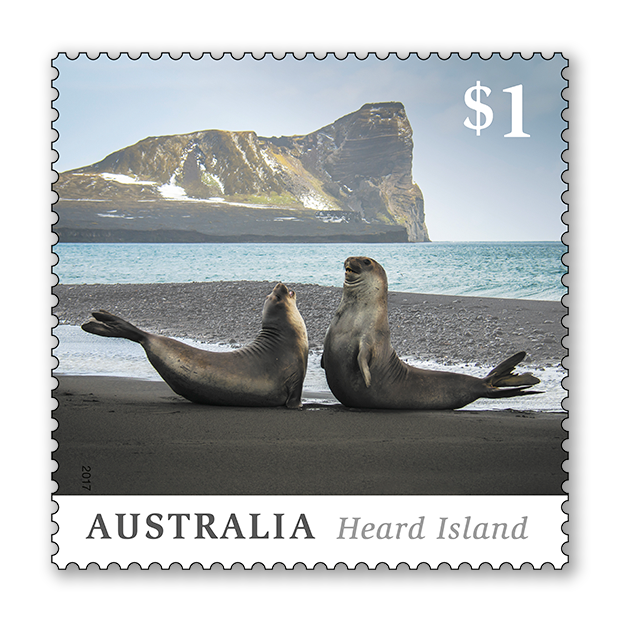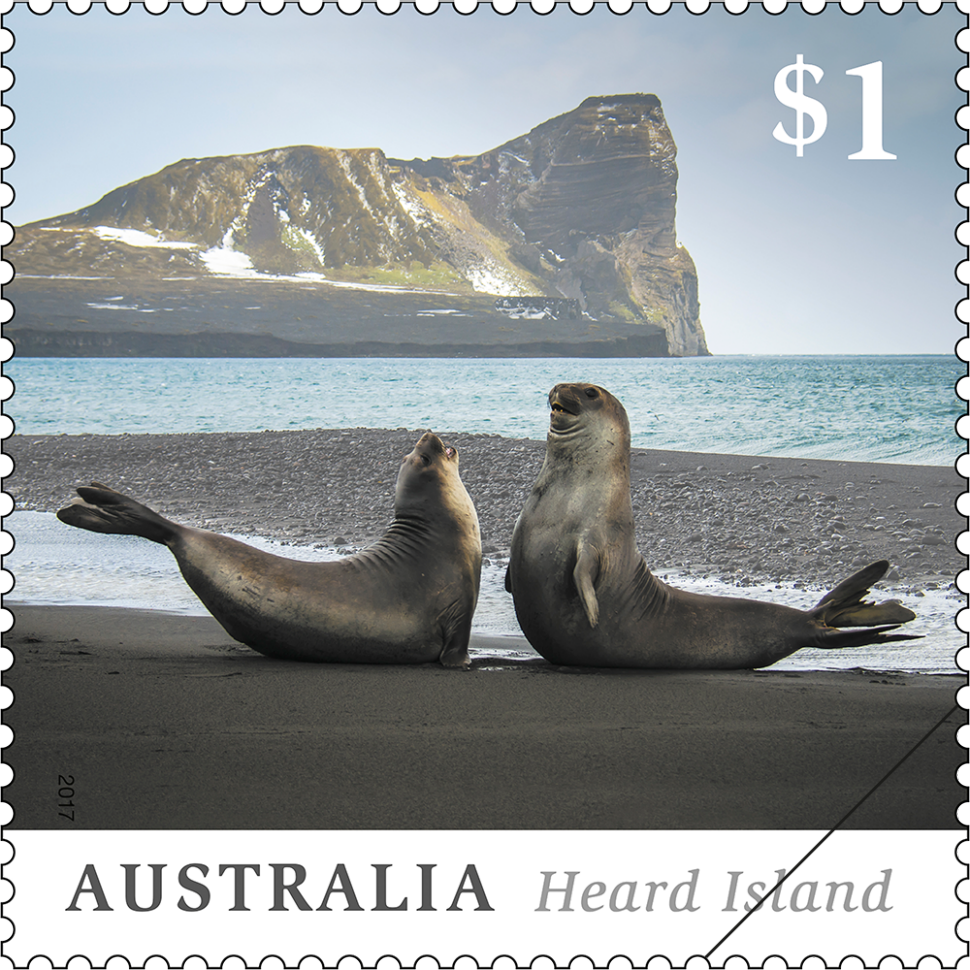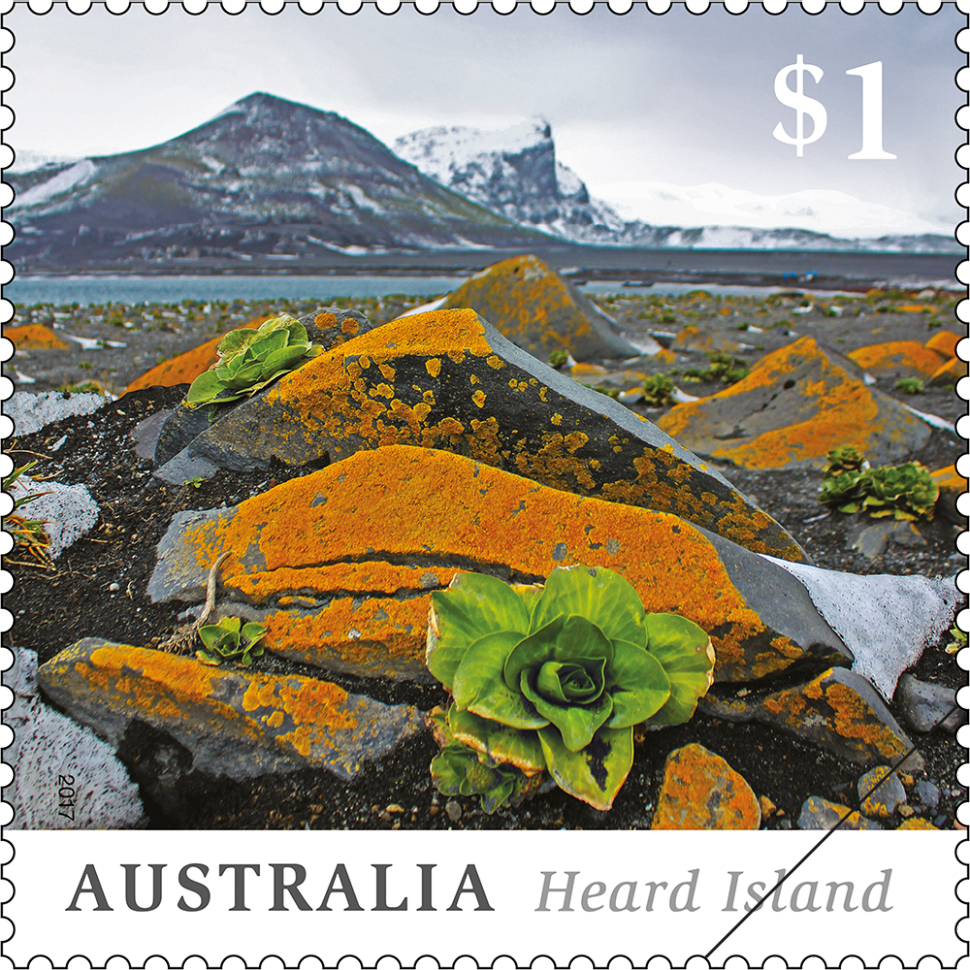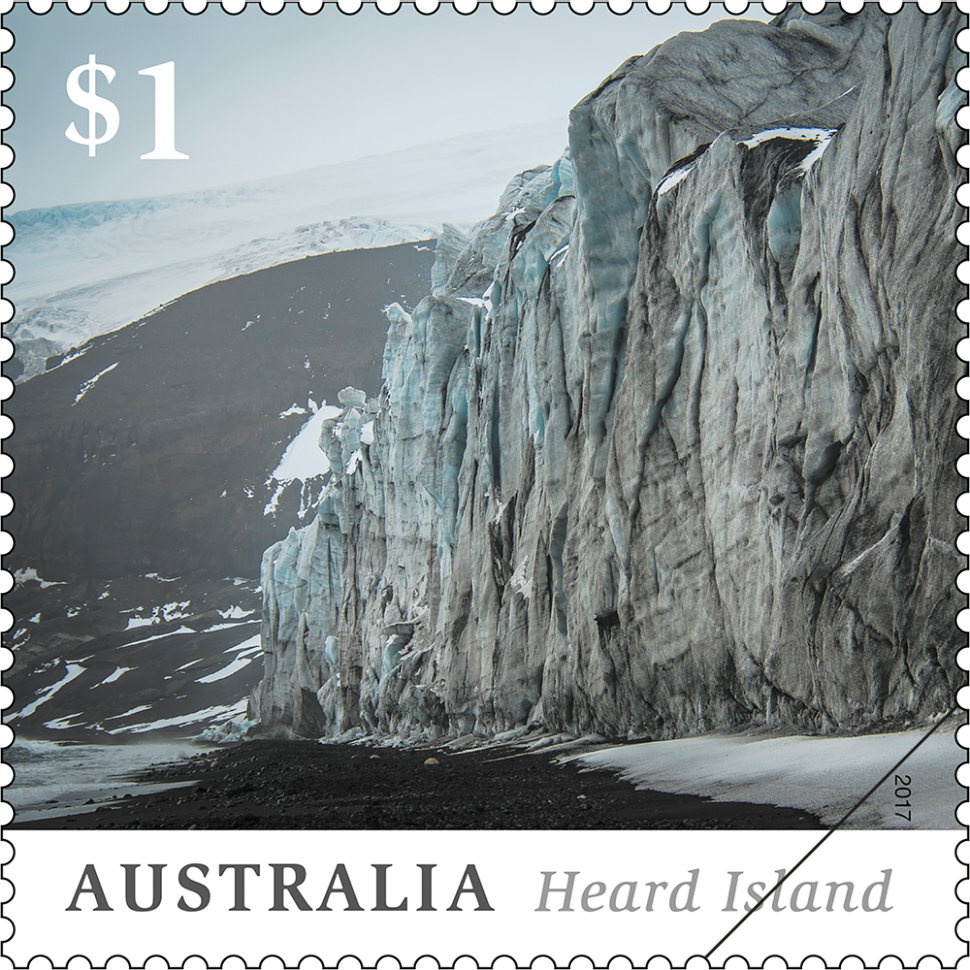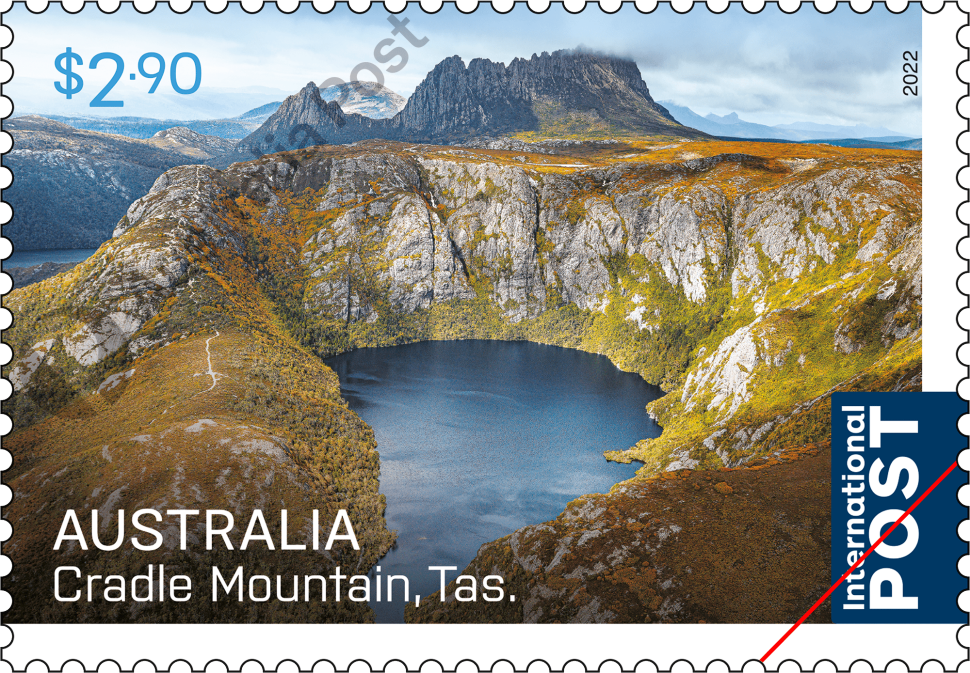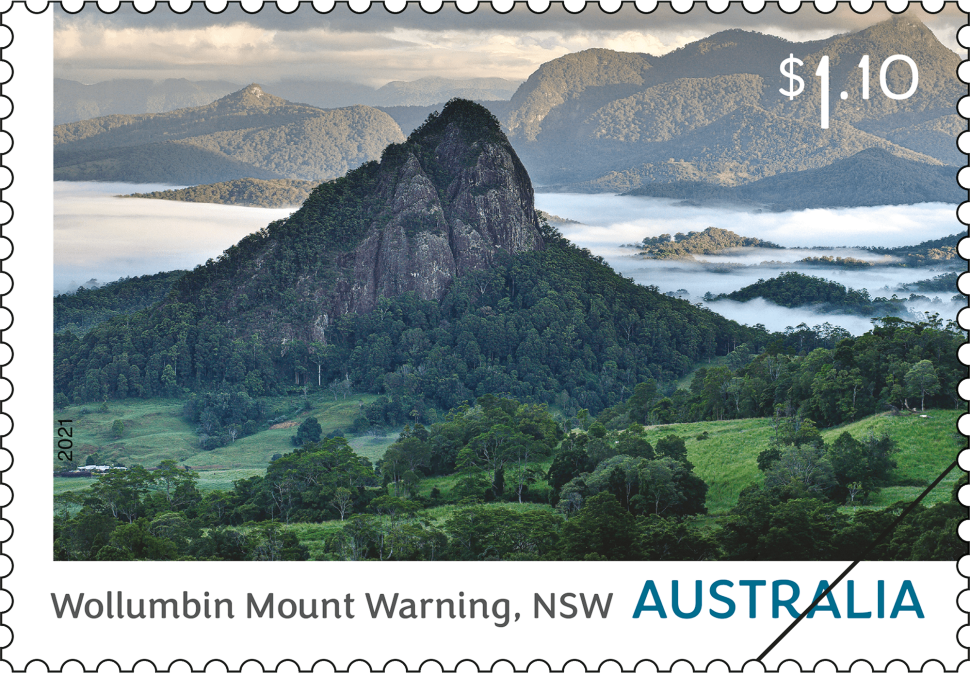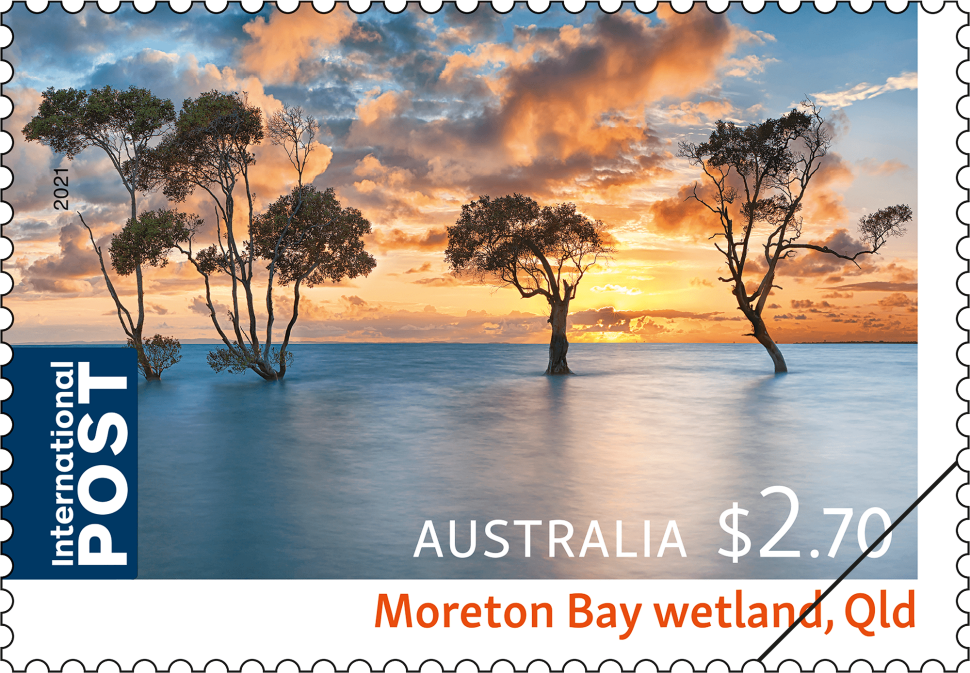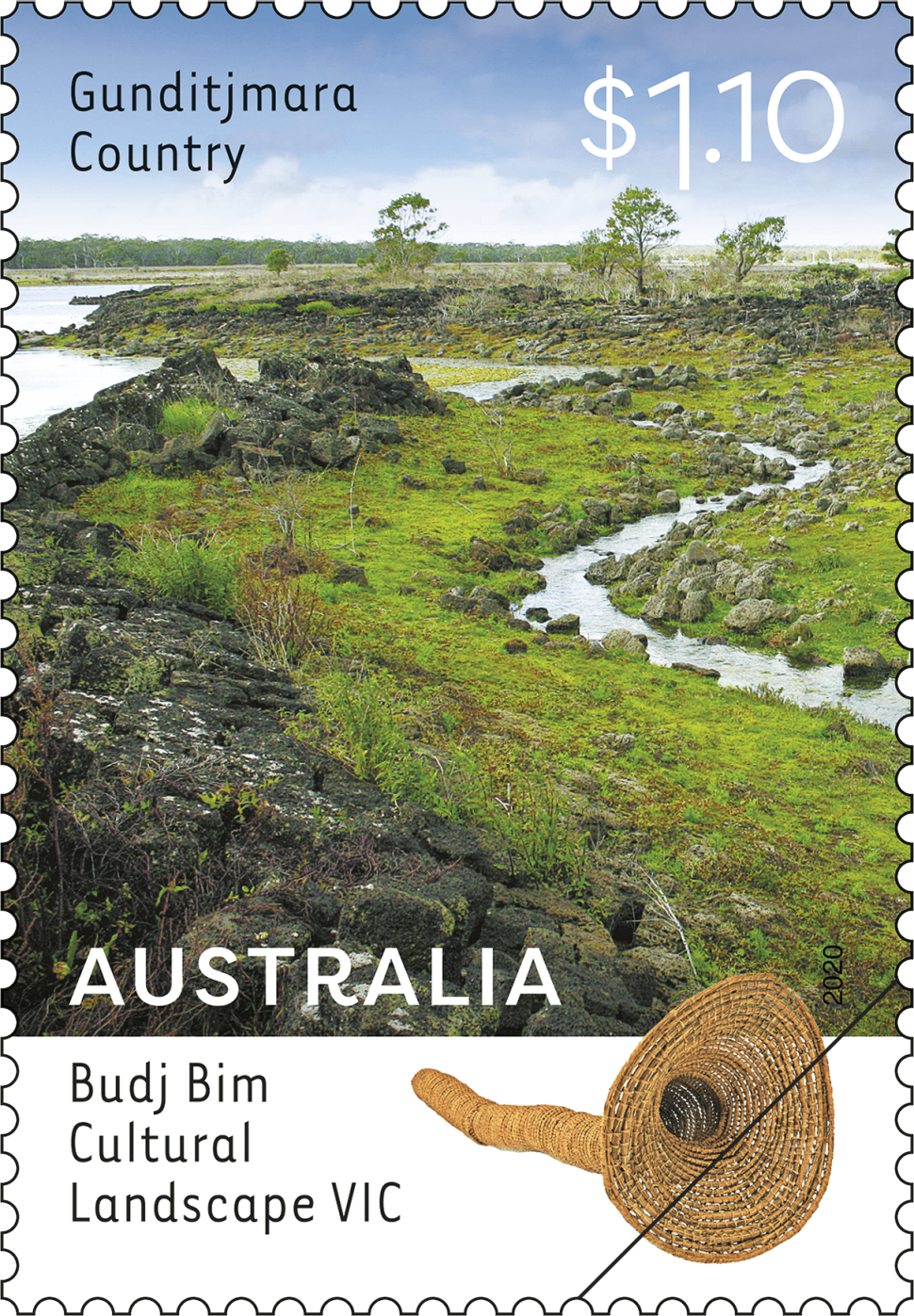Subantarctic Heard Island is a 368 square kilometre volcanic island located in the middle of the vast Southern Ocean, about 4,000 kilometres south-west of mainland Australia. It is the largest island in the external Australian Territory of Heard Island and McDonald Islands (HIMI). The island group became an external Australian territory in 1947, the same year Australia mounted the first Australian National Antarctic Research Expedition to Heard Island, though recent research activity has been infrequent.
HIMI is a dynamic natural environment dominated by volcanism, glacial action, major ocean currents and abundant wildlife. One of the world’s rare pristine island ecosystems, it is the only major subantarctic island group where no alien plants or animals have been introduced. It has also experienced very little human impact. In recognition of its outstanding natural values, geology and geomorphology, HIMI was inscribed on the World Heritage List in 1997 and the National Heritage List in 2007.
Designer
Melinda Combes, Whitechurch Coombes Design
Products released in this issue
- Minisheet
- First day cover (blank, gummed, minisheet)
- Stamp pack
- Maxicards
Technical specifications
- Issue date
- 5 September 2017
- Issue withdrawal date
- 31 March 2018
- Denominations
- 4 x $1
- Stamp design
- Melinda Combes, Whitechurch Coombes Design
- Product design
- Melinda Combes, Whitechurch Coombes Design
- Printer
- EGO
- Paper - gummed
- Tullis Russell Red Phos
- Printing process
- Offset lithography
- Stamp size
- 35mm x 35mm
- Perforations
- 14.28 x 14.28
- Sheet layout
- Module of 50
- FDI postmark
- Kingston TAS 7050
- FDI withdrawal date
- 4 October 2017
A mecca for wildlife, Heard Island is home to breeding colonies of three species of seal, including the Subantarctic Fur Seal, Antarctic Fur Seal and Southern Elephant Seal (Mirounga leonine).
After Captain John Heard first sighted the island on 25 November 1853, aboard the merchant vessel Oriental, there were numerous visits to Heard Island to kill elephant seals and render their oil. This resulted in the near extinction of seals on the island by 1859. Today the species is closely monitored and numbers have increased.
The stamp photograph is by Matt Curnock, Australian Antarctic Division.
Almost 20 square kilometres of Heard Island is covered with lichens, mosses and other vegetation, mostly in coastal areas. The plant diversity on Heard Island is low. For example, there are only 12 species of flowering plants, the smallest number of any major subantarctic island group. Non-vascular plants such as mosses and lichens make up a significant part of the vegetation.
There are six vegetation communities on Head Island. Wet mixed herbfield vegetation, which occurs mostly on moraines and moist lee slopes, has the greatest diversity and includes the Pringlea antiscorbutica or Kerguelen Cabbage, represented on the stamp. This self-pollinating plant grows only on subantarctic islands around 50° South Latitude, including HIMI, Crozet, Prince Edward and Kerguelen Islands.
The stamp photograph is by Inger Vandyke.
HIMI and surrounding waters provide crucial breeding habitats for a range of birds and marine mammals including many threatened species. There are two endemic bird species, the Heard Island Sheathbill and the Heard Island Cormorant. Fifteen species of flying birds breed on the islands in addition to four species of penguins, including the Gentoo Penguin and King Penguin (Aptenodytes patagonicus). This colony of King Penguins was photographed at Atlas Cove, on the north-east coast of Heard Island, near the ruins of the first Australian ANARE station for scientific research, which was operational from 1947 to 1955.
The stamp photograph is by Mike Dillon/Australian Geographic.
Glaciers are extensive, dense bodies of slow moving ice, often hundreds of years old. Twelve major and several minor glaciers cover around 70 per cent of Heard Island. Permanent snow covers an additional two per cent. The glaciers have formed because of the altitude of the island and also because of its location south of the Antarctic Convergence, the meeting point of cold Antarctic surface water and less cold surface water of the subantarctic. The shallow and fast flowing glaciers on Heard Island respond quickly to rising temperatures, which make them important for monitoring climate change.
In recent decades glaciers on Heard Island have retreated significantly; since the late 1940s the total area covered has been reduced by around 11 per cent, leading to the formation of lagoons and freshwater lakes. The dramatic Baudissin Glacier, represented on the stamp, is around 2.8 kilometres wide and lies on the north-west of Heard Island.
The stamp photograph is Matt Curnock.
This content was produced at the time of the stamp issue release date and will not be updated.

